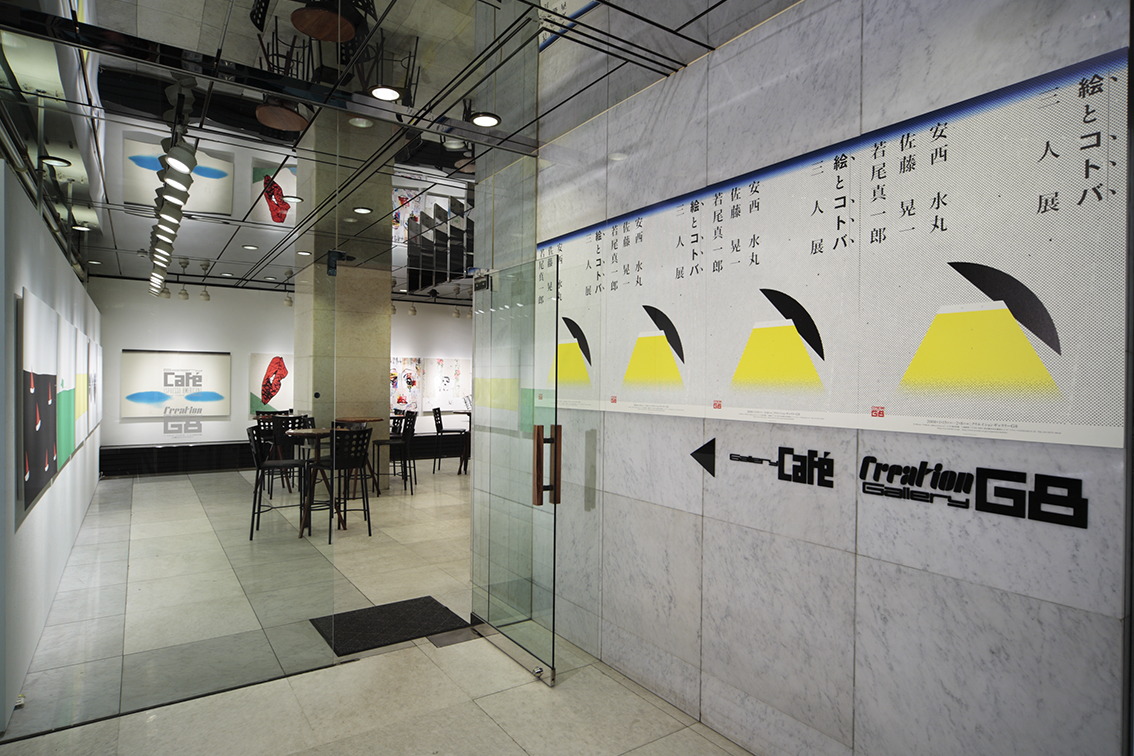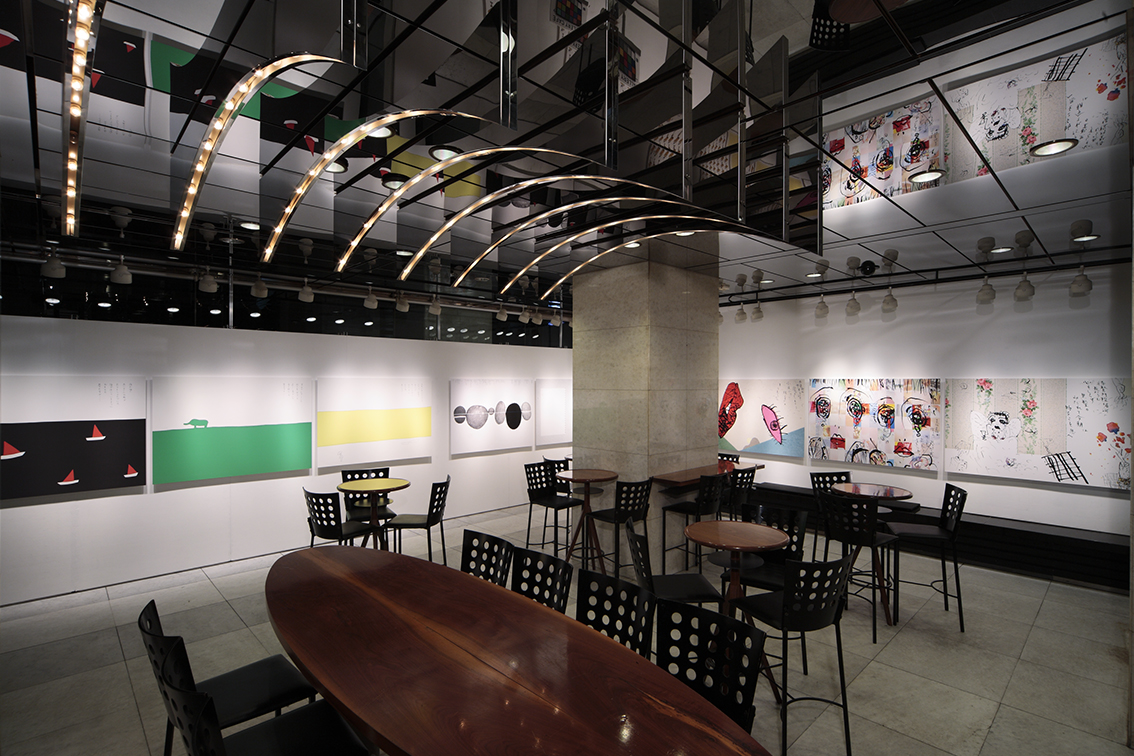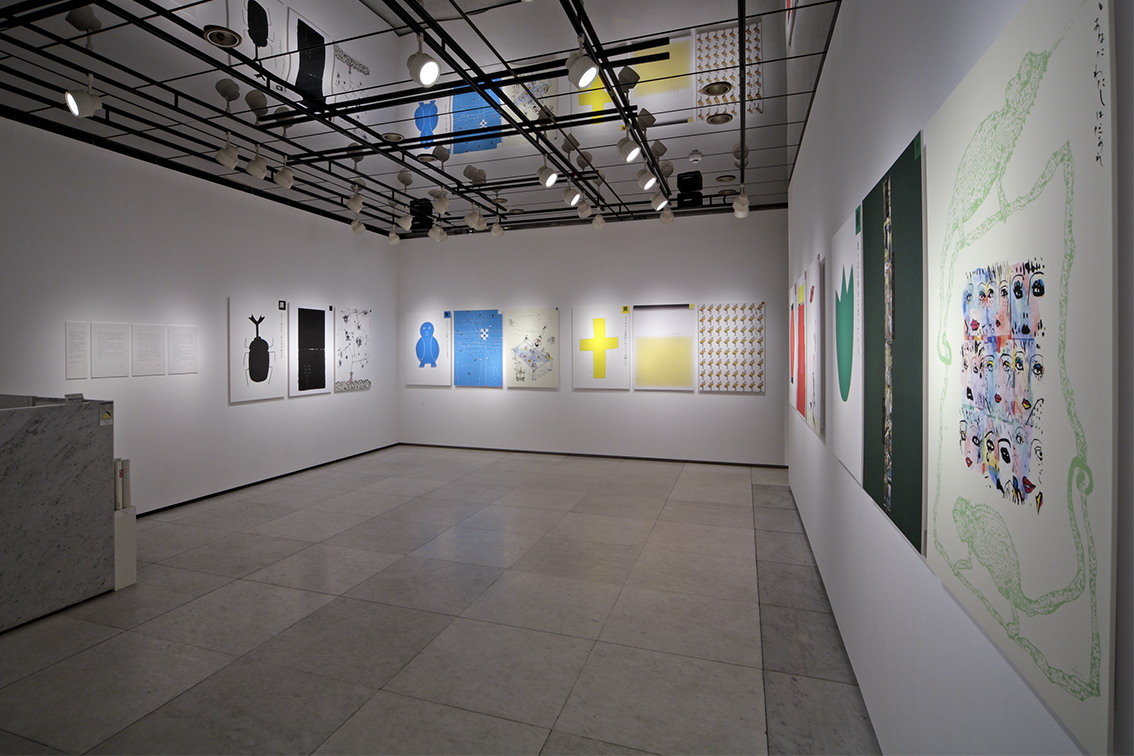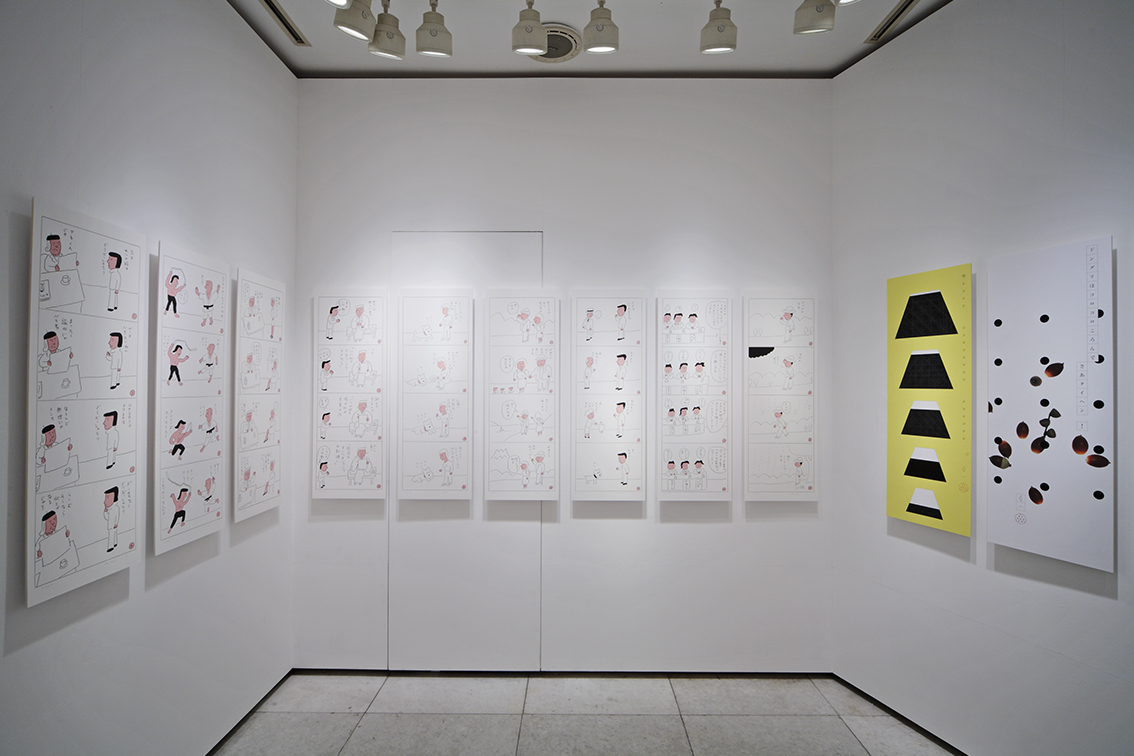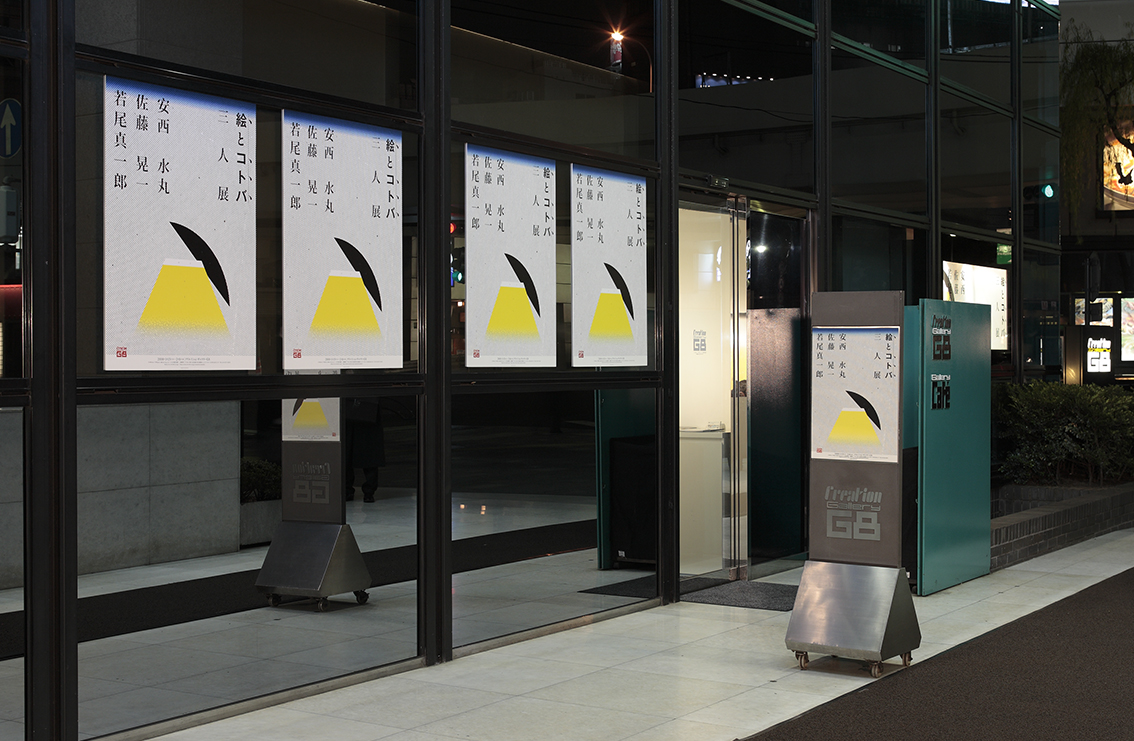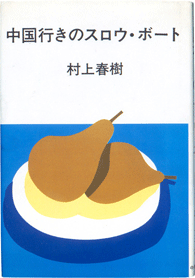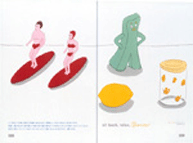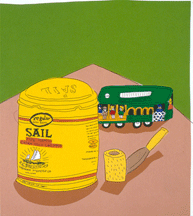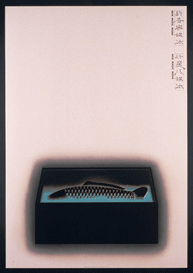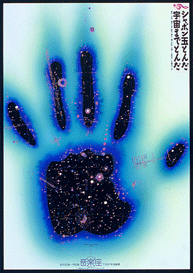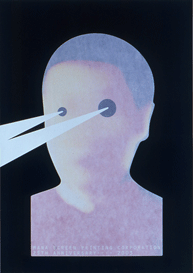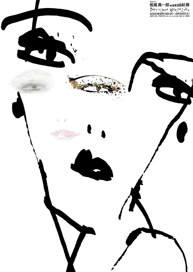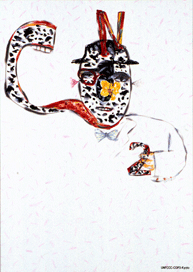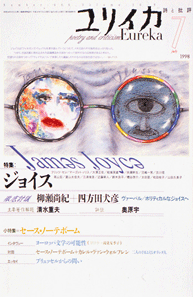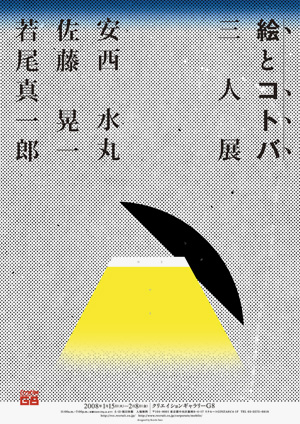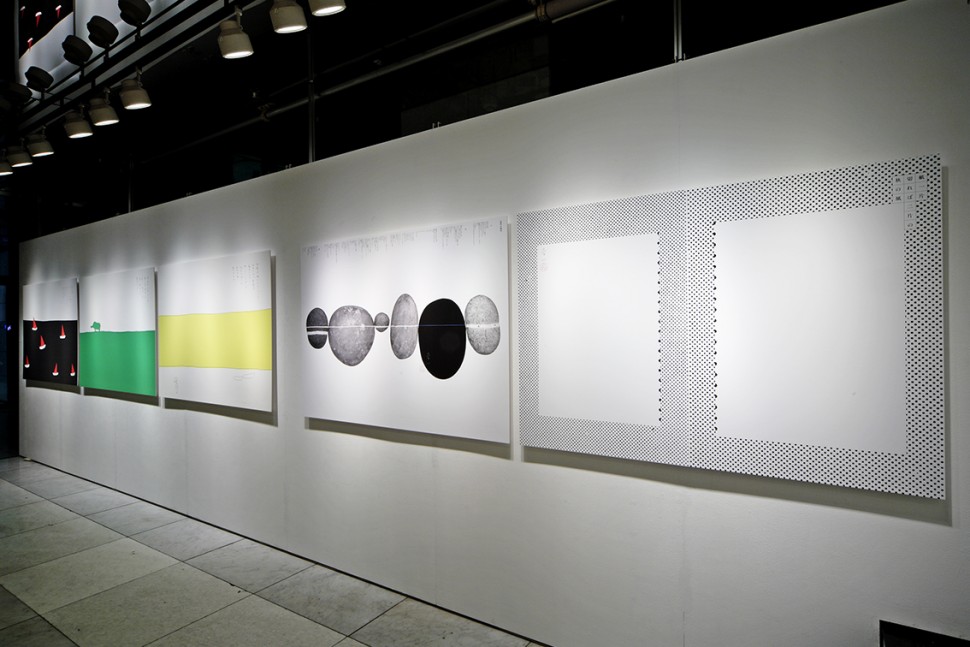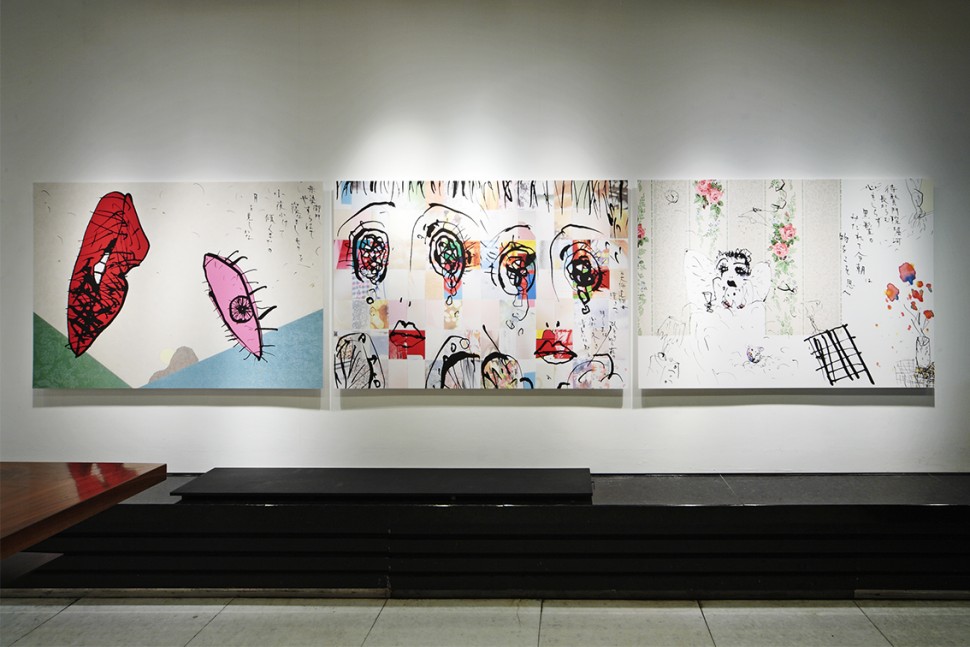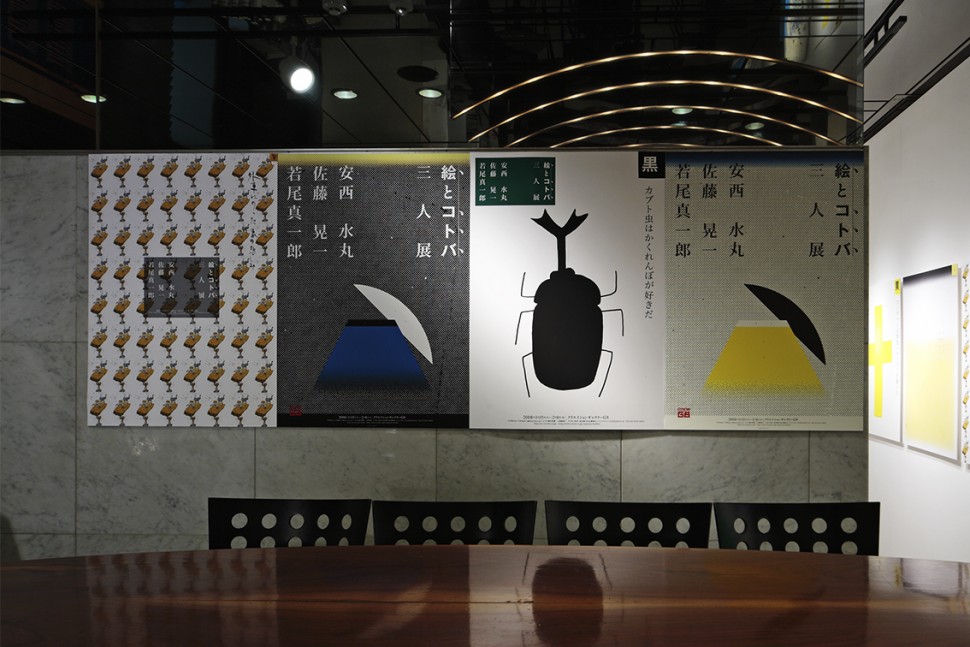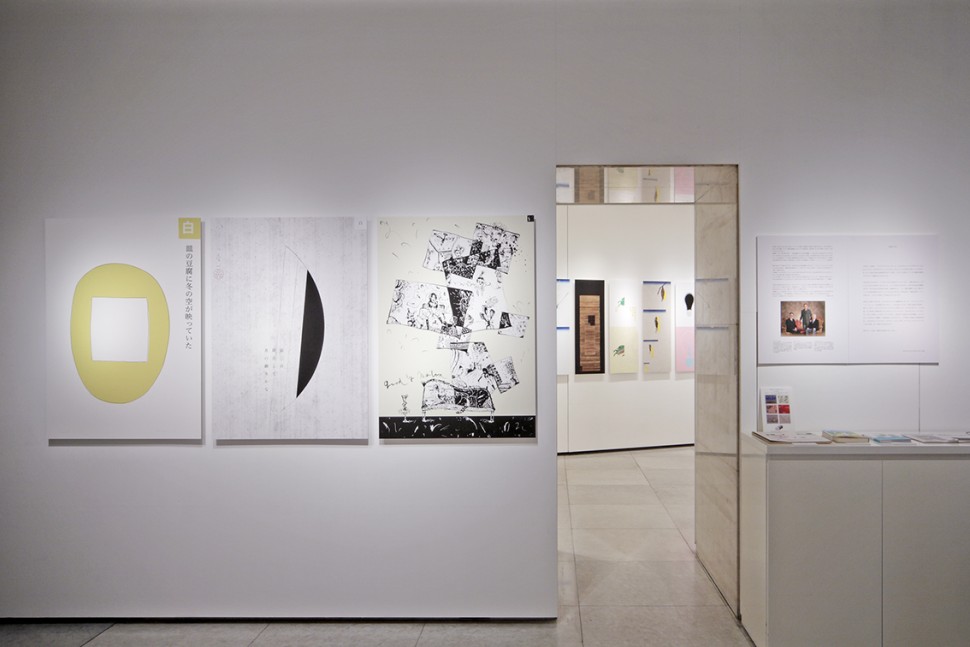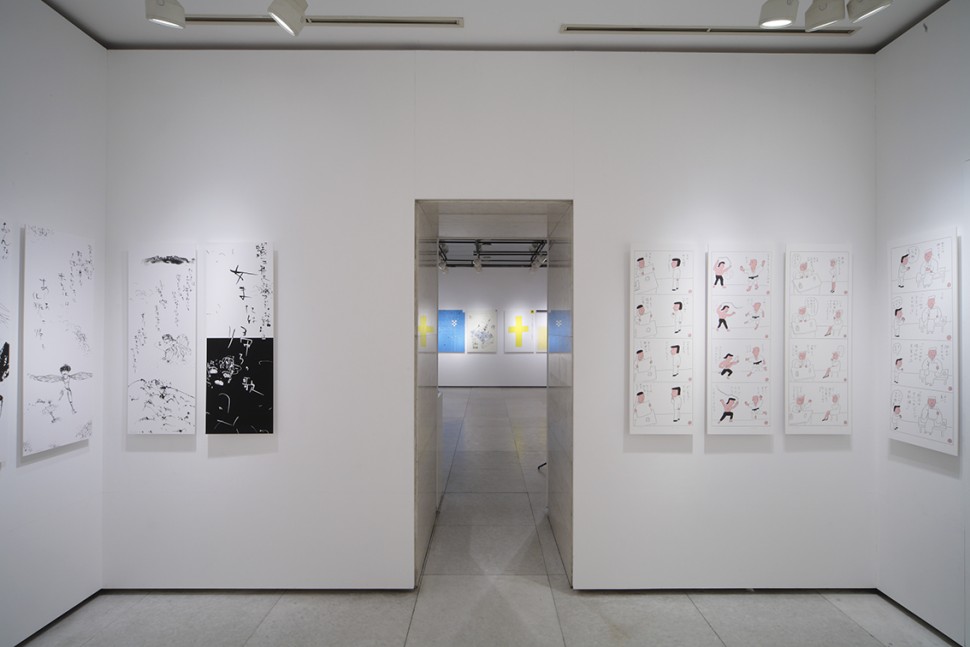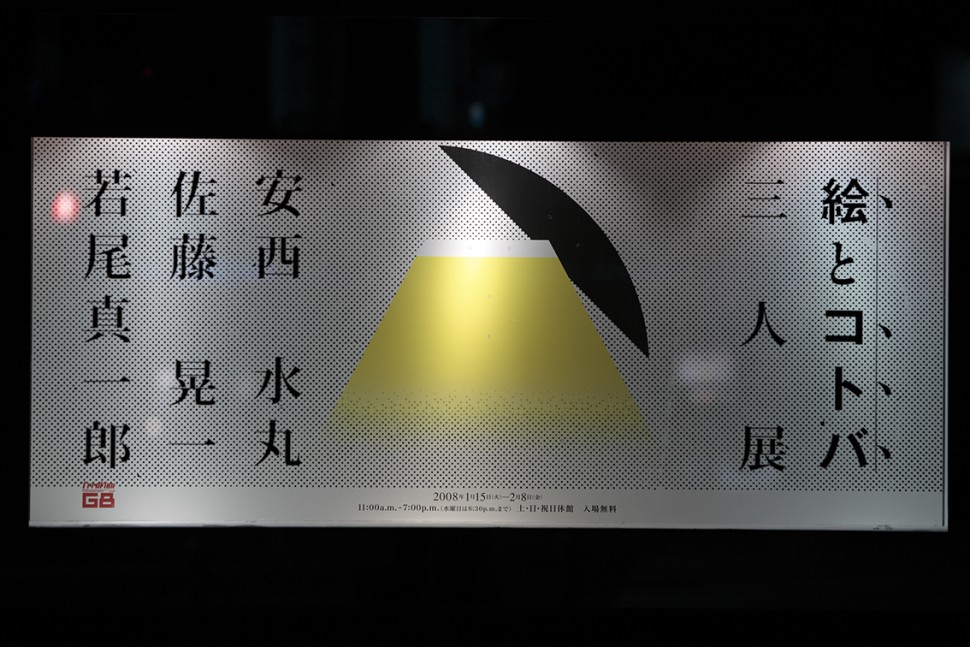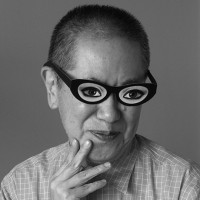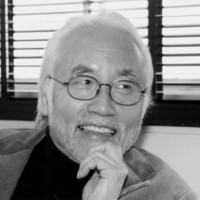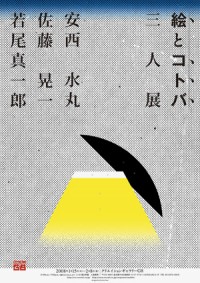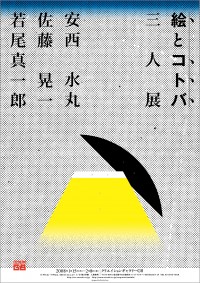For this exhibition, illustrators Mizumaru Anzai and Shin-Ichiro Wakao and designer Koichi Sato will create original drawings of “words.” Although the three have known each other well since their student days, this will be the first time their works will be exhibited all together. Visitors are sure to enjoy this rare occasion.
(The works introduced below are the featured artists’ representative works. They will not be included in this exhibition, which will consist entirely of new works.)
-
Cover illustration and design of A Slow Boat to China by Haruki Murakami (1983) – Mizumaru Anzai
-
Illustrations for “relax” magazine (published by Magazine House) (2002) – Mizumaru Anzai
-
Work created for solo exhibition (1983) – Mizumaru Anzai
-
“New Music Media” concert poster (1974) – Koichi Sato
-
“Soap Bubbles Floated, They Floated Into Outer Space” musical theater poster (1989) – Koichi Sato
-
“MANA SCREEN PRINTING CORPORATION” poster for printing company (2003) – Koichi Sato
-
“KAKUDAI” exhibition poster (2000) – Shin-Ichiro Wakao
-
“Global Environment Poster Design Fair ’97” poster (1997) – Shin-Ichiro Wakao
-
“Eureka – poetry and criticism” magazine cover illustration (July 1998) – Shin-Ichiro Wakao

Illustrator Mizumaru Anzai was born in Tokyo in 1942. After graduating from Nihon University with a concentration in design, he worked as art director at Dentsu, the ADAC design studio in New York, and Heibonsha before going freelance. He received the following awards: Asahi Advertising Award, Mainichi Advertising Design Award, Japan Graphic Arts Show “Outstanding Artist of the Year Award” (1987) and Kinema Junpo “Readers’ Choice Award” (1988). He wrote numerous picture books, manga, essays, stories, etc., including: the short story collection “Amaryllis,” the illustrated essay anthology “Oishii ka koishii ka” [Delicious or Beloved], and the translated works “Manatsu no kokai” (Truman Capote’s “Summer Crossing”) and “Harry’s Bar” (Arrigo Cipriani). Mr. Anzai was a member of the Tokyo Illustrators Society, Japan Graphic Designers Association, The Japan Writers’ Assocation and The Japan P.E.N. Club; he also served as chairman of both the Japan Snowdome Association and Curry Rice Association. He passed away on March 19, 2014, aged 71.
Graphic designer Koichi Sato was born in Takasaki, Gunma Prefecture, in 1944. He graduated from Tokyo National University of Fine Arts and Music with a degree in Visual Design. After initially working in the advertising department of Shiseido, he went freelance in 1971. He has received numerous awards both in Japan and overseas. He says he finds working enjoyable. He is currently a member of AGI and a Professor at Tama Art University.
Shin-Ichiro Wakao was born in the city of Kofu, in Yamanashi Prefecture, in 1942. He graduated from Tokyo National University of Fine Arts and Music in 1969, having majored in Visual Design. In 1975, he received the Gold Prize at the 8th International Biennale of Humor and Satire in Art (Italy), and he also received the Artist of the Year award at the 1987 Japan Graphic Arts Show. Publications of his collected works include THE BIG SHOW, GIGA, DIARY, etc. He is a member of JAGDA and TIS and currently serves as President of Tokyo Polytechnic University.
Exhibition Profile
The exhibition will include approximately 60 newly created original works on the theme of “Pictures and Words.”
Message from the Curator
We were approached by Shin-Ichiro Wakao, saying he wanted to mount an exhibition of this trio. The idea had begun with Mr. Wakao, then Mizumaru Anzai was roped into it, and finally the notion was passed to Koichi Sato. It was Mr. Sato who demonstrated the greatest sense of responsibility at their brainstorming sessions, and he is the one who came up with the proposal for the two illustrators and a graphic designer (himself) to create original works on an identical theme. I only learned later that the three of them often do things together, like going to a hot spring. So are they really close pals? At their meetings, apparently their opinions didn’t find any common ground at all. Ultimately, they ended up creating a world of “pictures and words” each according to his own interpretation. I’m looking forward to seeing what the trio will come up with.
Shuzo Oseko, Creation Gallery G8
Organizers
Creation Gallery G8
Mizumaru Anzai
The first time I met Shin-Ichiro Wakao was shortly after I returned from living in New York, so it was likely around 1971. We met in his office at Dentsu, where he was head of the creative department. He was wearing a red sweater, so it must have been in winter. Before I met Koichi Sato, I had been moved at seeing a certain theater playbill and was amazed to think that a graphic designer exists in Japan who could create such a design. It was when I met him for the first time that I learned that he was that designer, and I was happy to make his acquaintance. Since the three of us are close in age, we became pals who occasionally meet for a drink. We aren’t especially close friends but we’re bonded by having lived somewhere or other during the same period of time. Whatever, we’re an odd threesome.
Koichi Sato
Meeting for a drink here and there in Tokyo, sometimes taking an overnight trip together to someplace deep in the mountains or perhaps a seaport, jointly starting an illustration competition, holding haiku composing sessions on a continuing basis… We’ve known each other more than 30 years, the only exception in my otherwise unsociable life. I wonder why our rapport continues. We each do different things and think in quite different ways, and on occasion we hurl the worst insults at each other. So why then, in spite of it all, do we feel a strong closeness? There’s one thing I do know: the fact that we share memories of the 1960s. We’ve never waxed very nostalgic about those days when we were young, but feeling familiar enough not to have to talk about such things is truly exceptional.
Shin-Ichiro Wakao
Mizumaru Anzai grew up gazing at the ocean. His illustrations are tabletop scenes redolent of a pleasant sea breeze. Sharing a drink in glasses set atop that table, we talk about art, about life, about women. And it always ends with, “That’s the trouble with you, Wakao,” something I can never refute. Koichi Sato grew up surrounded by mountains. His posters have familiar motifs imbued with the sacred ether of the mountains. They have the power to transport you to the realm of the gods. When we share a drink, he strangles me with the mysterious words, “You have it rough, don’t you.”
